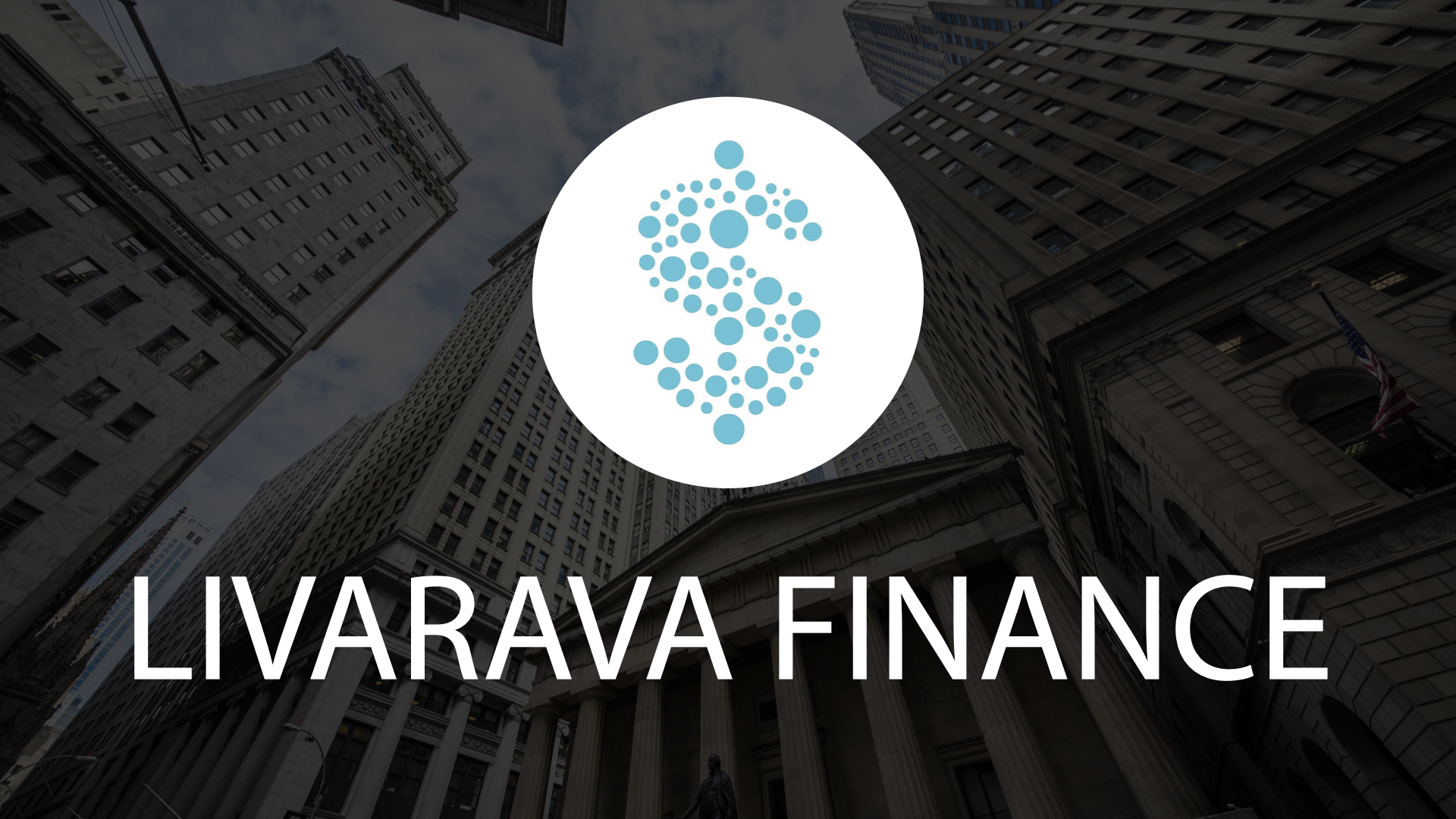Billionaires Sunil Mittal and Mukesh Ambani Take on Elon Musk in India's Internet Space Race

India's internet landscape is experiencing a major upheaval with prominent billionaires Sunil Mittal and Mukesh Ambani taking on Elon Musk’s SpaceX. The presence of significant players in India’s internet space highlights the escalating competition in this booming sector. Mittal’s Bharti Airtel and Ambani’s Jio Platforms have laid the groundwork for a transformative change in internet accessibility across the country.
The Bharti Airtel and Eutelsat OneWeb Joint Venture
Bharti Airtel, under the leadership of Sunil Mittal, has entered a joint venture with Eutelsat through OneWeb. This collaboration aims to leverage satellite technology to deliver high-speed internet. The initial operations are anticipated to commence around June. Bharti Airtel’s strategic partnership with Eutelsat is expected to mark a milestone in India’s internet space, positioning itself as a formidable competitor against Musk's Starlink.
Reliance Jio Platforms and SES Collaboration
On the other hand, Mukesh Ambani's Reliance Industries, through its Jio Platforms, has formed a significant collaboration with Luxembourg-based SES. This venture aims to provide seamless gigabit fiber internet across India. With recent approvals from IN-SPACe, the Indian space regulator, this collaboration signifies a key step towards revolutionizing internet connectivity in the country.
Elon Musk’s Starlink in India
Elon Musk’s Starlink, part of SpaceX, has been aiming to enter the Indian market for over three years. However, regulatory hurdles have slowed its progress. Despite these challenges, Starlink is a significant entity in the race to provide satellite-based internet solutions, with innovative offerings aiming to tap into the extensive Indian market.
The Competitive Landscape
The competitive landscape of India’s internet sector is rapidly evolving. The joint ventures spearheaded by Mittal and Ambani represent strategic movements aimed at establishing dominant positions within the market. As these projects progress, they not only promise enhanced internet accessibility but also an increase in technological innovations and economic growth within the sector.
Innovations Driving the Sector Forward
Technological advancements have been central to these ventures. Bharti Airtel, in partnership with Eutelsat, is poised to utilize cutting-edge satellite technologies to deliver unprecedented internet speeds. These advancements are critical in bridging the digital divide, especially in rural and underserved areas.
The Road Ahead
As the competition intensifies, the involvement of billionaires Sunil Mittal and Mukesh Ambani reveals the high stakes in India’s internet space. Regulatory approvals and strategic partnerships will play crucial roles in shaping the future of internet accessibility in the nation. Whether through terrestrial or satellite means, the goal remains to provide high-speed, reliable internet to every corner of India.
This article was prepared using information from open sources in accordance with the principles of Ethical Policy. The editorial team is not responsible for absolute accuracy, as it relies on data from the sources referenced.
FAQ
What are the key ventures led by Sunil Mittal and Mukesh Ambani in the Indian internet space?
Sunil Mittal's Bharti Airtel has a joint venture with Eutelsat through OneWeb, while Mukesh Ambani's Reliance Industries, via Jio Platforms, collaborates with Luxembourg-based SES to provide satellite and gigabit fiber internet across India.
How is Elon Musk's Starlink positioned in the Indian internet market?
Elon Musk’s Starlink has faced regulatory challenges in India but remains a significant player aiming to provide satellite-based internet solutions, competing with local ventures led by Sunil Mittal and Mukesh Ambani.
What technological advancements are being introduced in India's internet sector?
The collaborations involve the use of cutting-edge satellite and fiber technologies to deliver high-speed internet, especially focusing on underserved and rural regions, thereby bridging the digital divide in India.